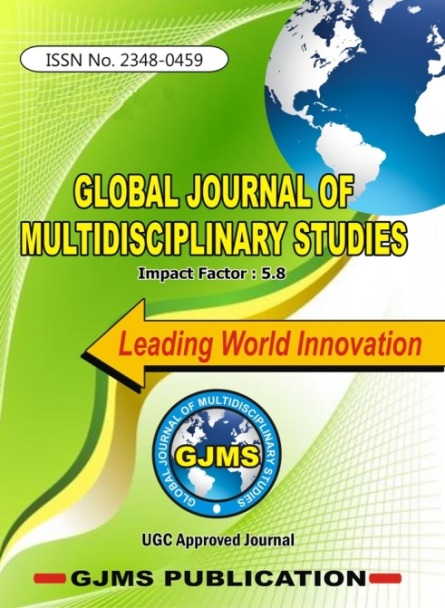LINEAR FEEDBACK SHIFT REGISTER: AN OVERVIEW
Abstract
Linear Feedback shift Register is a Shift Register whose input bit is a Linear Function of its previous state. The most commonly used function of single bit is XOR. The Initial value of the LFSR is called seed and the operation of the register is deterministic, the stream values produced by the register are completely determined by the current state. Seed values can never be all zeroes. The register has a finite number of possible states; it must eventually enter a repeating cycle. LFSR with a well chosen feedback function can produce a sequence of bits which appears random and which has a very long cycle. In this paper we will discuss in brief about LFSR, Types of LFSR, Advantages and Disadvantages of LFSR, Applications of LFSR & Implementation of Text Pattern Generator.References
R. V. PrasadaRao, N. A. Varaprasad, G. S. Babu and C. M. Mohan, ―Power
Optimization of Linear Feedback Shift Register for Low Power BIST Implemented in
HDL‖, International Journal of Modern Engineering Research (IJMER), Vol. 3, Issue. 3,
pp. 1523-1528 (2013).
Smith, Michael John S., Application-Specific Integrated Circuits. Addison-Wesley
Publishing Company, June 2017.
C. R. Reddy, S. Zilani and V. Sumalatha, ―Low Power, Low-Transition Random Pattern
Generator‖, International Journal of Engineering Research & Technology (IJERT), Vol.
, Issue 5 (2016)
D. Agrawal, B. Archambeault, J. Rao, and P. Rohatgi. The EM Side-Channel(s). In
CHES 2002, number 2523 in LNCS, pages 29–45, 2002.
A. Jutman, A. Tsertov and R. Ubar, ―A tool for Advanced Learning of LFSR-Based
Testing Principles‖, Baltic Electronics Conference, 2016 International.
E. Peeters, F. Standaert, and J. Quisquater. Power and Electromagnetic Analysis:
Improved Model, Consequences and Comparisons. Special issue of Integration, The
VLSI journal, Embedded Cryptographic Hardware, September 2006.
J. Lano, N. Mentens, B. Preneel, and I. Verbauwhede. Power analysis of synchronous
stream ciphers with resynchronization mechanism. In The State of the Art of Stream
Ciphers, 2004.
J. Lee and N. A. Touba, ―LFSR Reseeding Scheme Achieving Low Power dissipation
during Test‖, IEEE transactions on Computer aided design of integrated circuits and
systems, 26(2), February 2007.
CUI Wei, LI Chengshu and SUN Xin, ―FPGA Implementation of Universal Random
Number Generator‖ ICSP’04 Proceedings.
V. Beroulle, Y. Bertrand, L. Latorre and P. Nouet, ―On the use of an oscillation-based
test methodology for CMOS Micro-Electro-Mechanical Systems‖, Proceedings of the
Design, Automation and Test in Europe Conference and Exhibition (2002).
Saurabh Kotiyal, Himanshu Thapliyal, ―circuits for reversible quantum multiplier based
on binary tree optimizing ancilla and garbage bits‖, 27th international conference o
Downloads
Published
Issue
Section
License
Copyright Notice
Submission of an article implies that the work described has not been published previously (except in the form of an abstract or as part of a published lecture or academic thesis), that it is not under consideration for publication elsewhere, that its publication is approved by all authors and tacitly or explicitly by the responsible authorities where the work was carried out, and that, if accepted, will not be published elsewhere in the same form, in English or in any other language, without the written consent of the Publisher. The Editors reserve the right to edit or otherwise alter all contributions, but authors will receive proofs for approval before publication.
Copyrights for articles published in World Scholars journals are retained by the authors, with first publication rights granted to the journal. The journal/publisher is not responsible for subsequent uses of the work. It is the author's responsibility to bring an infringement action if so desired by the author.

